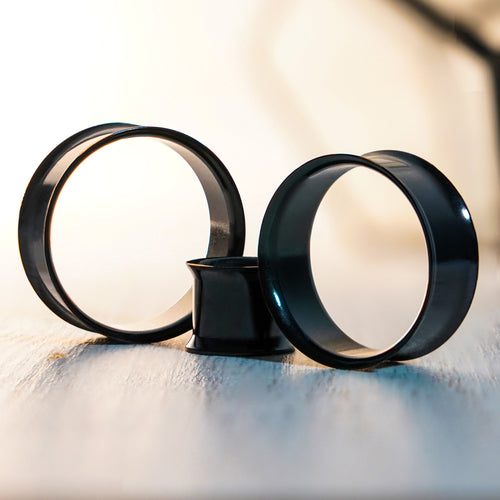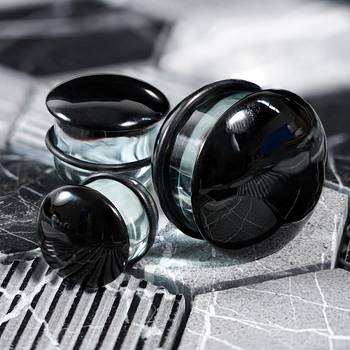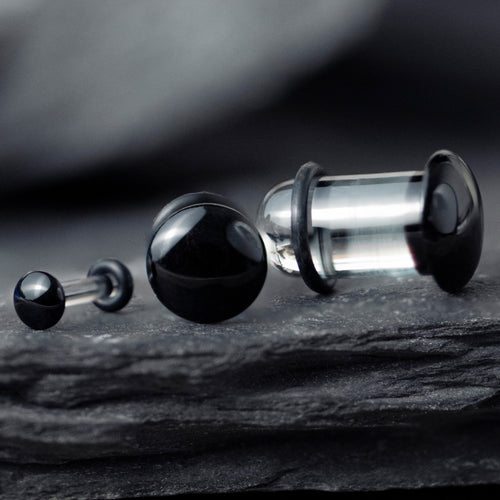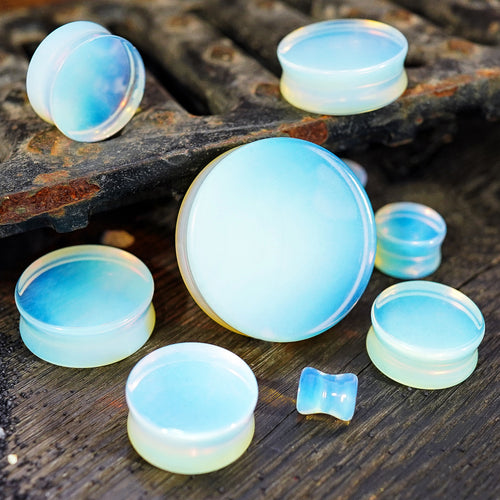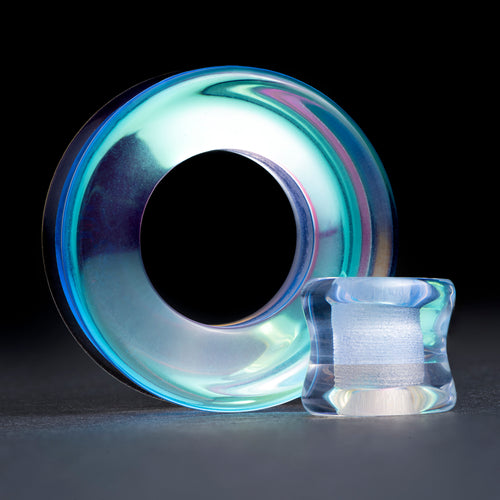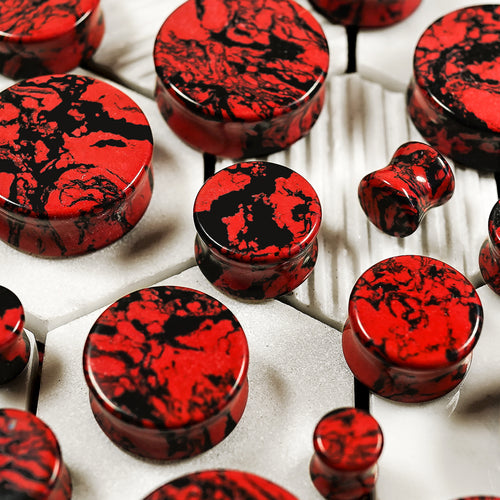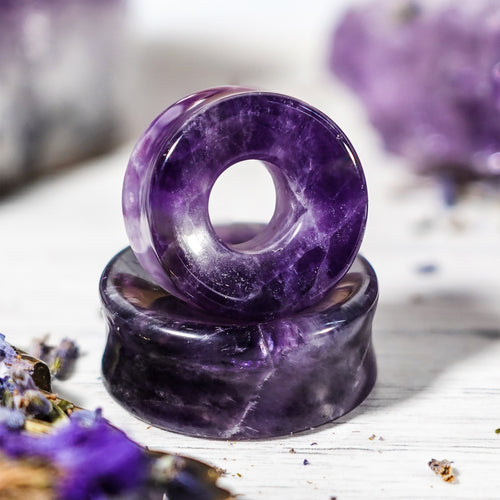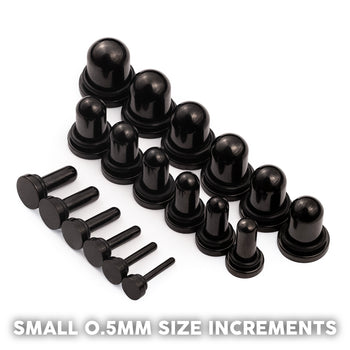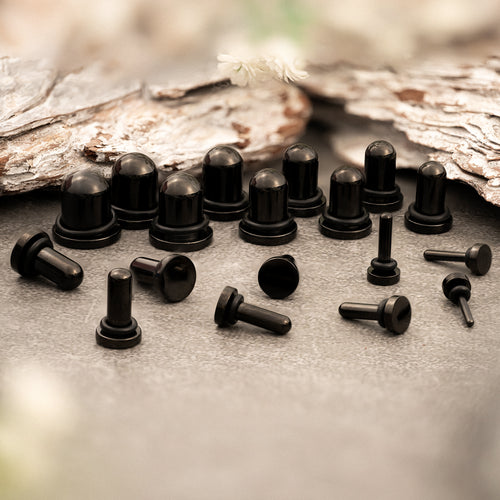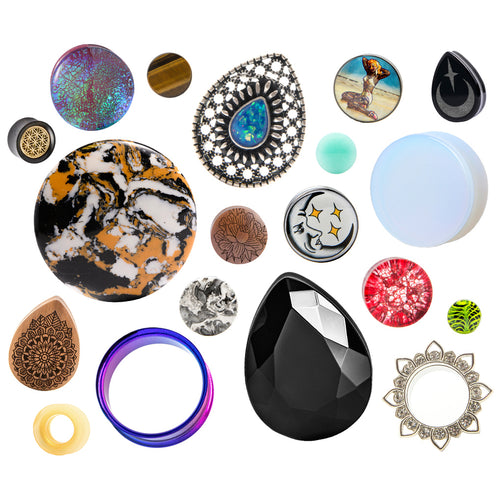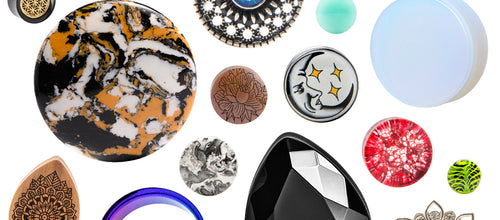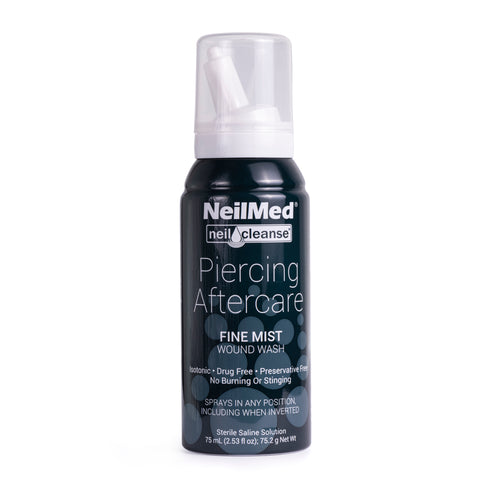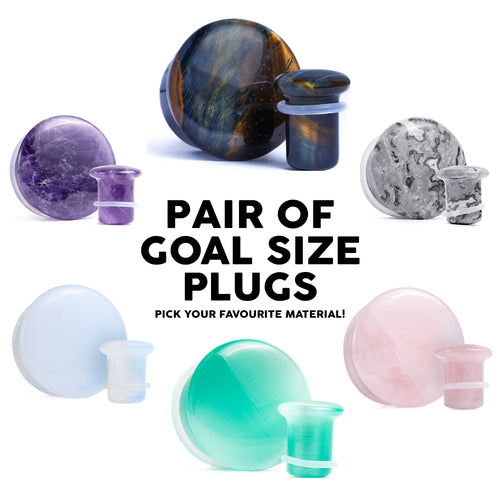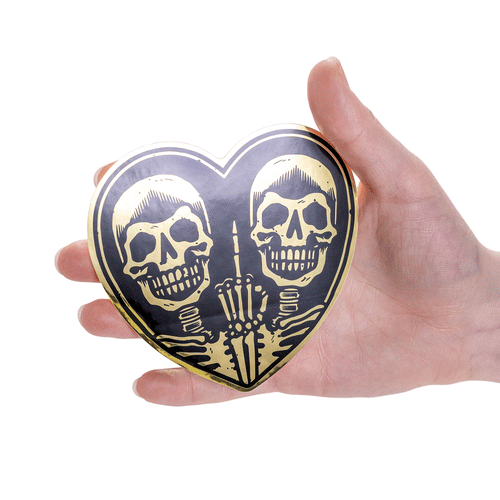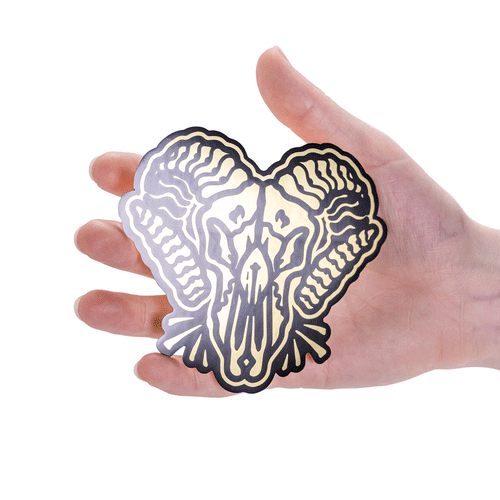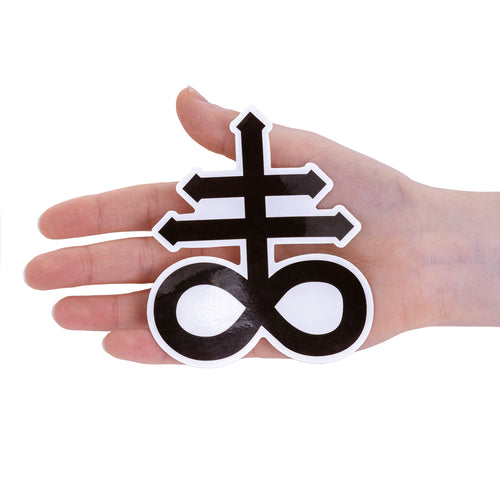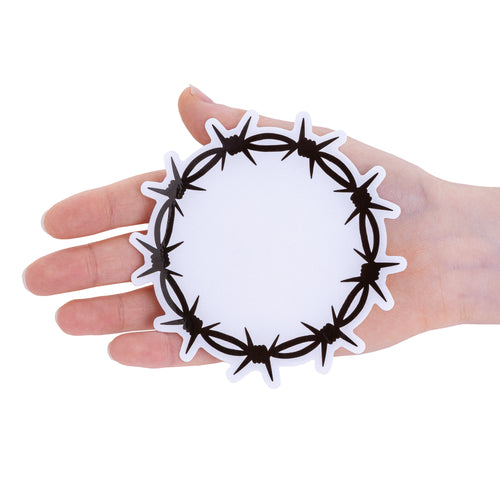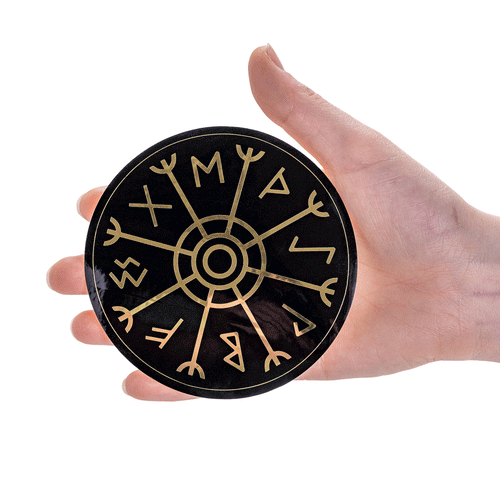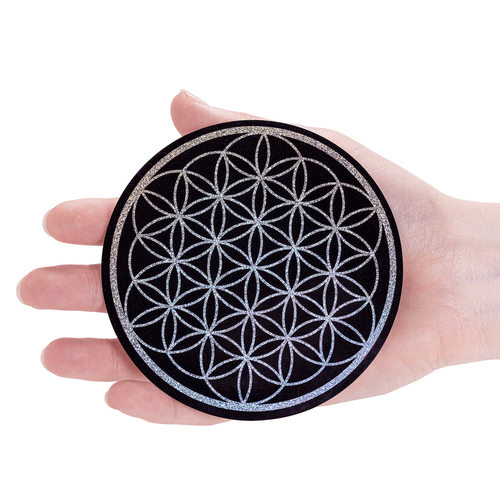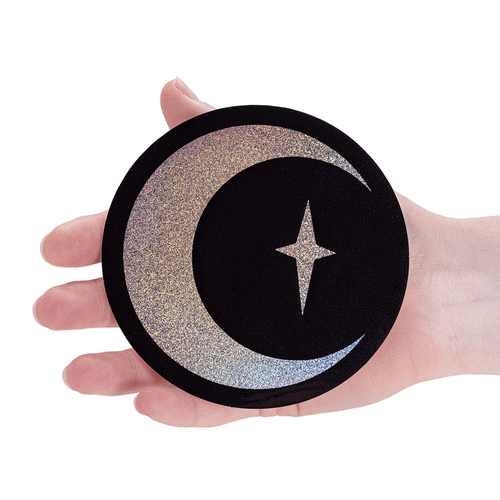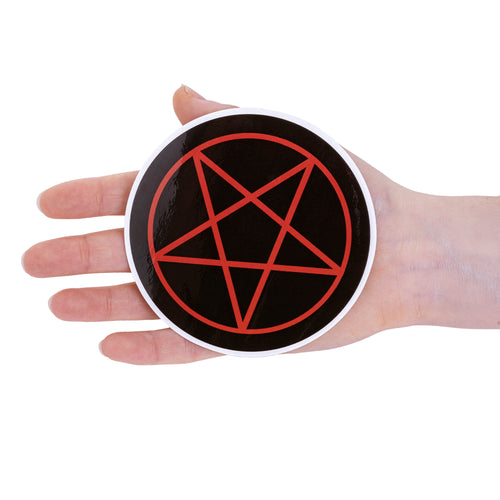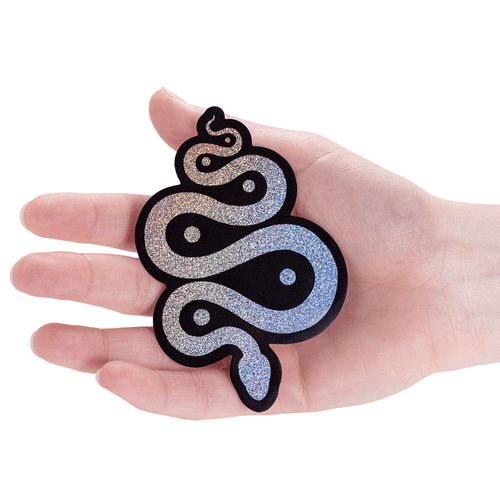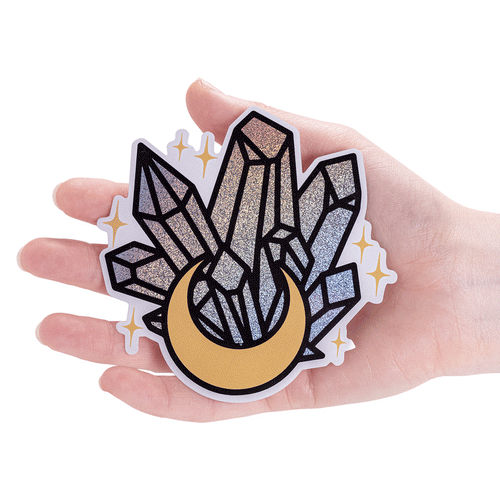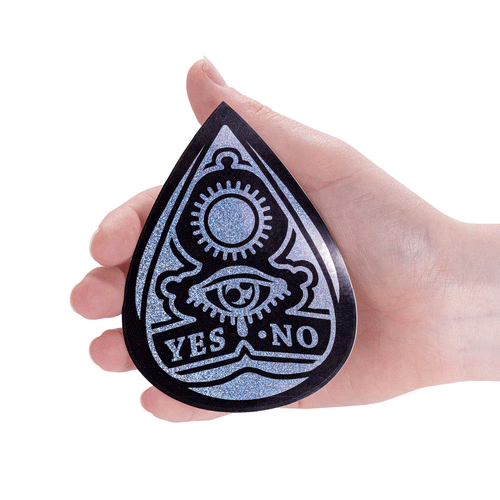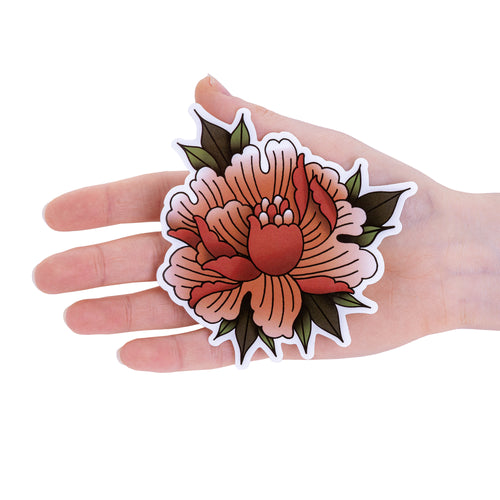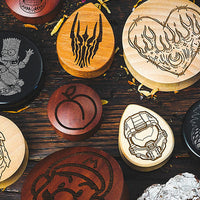
GET SOCIAL WITH US
RECENT ARTICLES
Newsletter
Keep up-to-date with the latest promotions, news and releases!
The Ultimate Piercing Aftercare Guide
The Ultimate Piercing Aftercare Guide
Piercings are a form of self-expression that have been around for centuries, with various cultures incorporating them into their traditions. Whether you're getting your first earlobe piercing or adding to your collection of body modifications, proper aftercare is crucial for ensuring a safe and comfortable healing process.
At Custom Plugs, we not only provide high-quality body piercing jewellery but also offer comprehensive aftercare products and tips to help you keep your new piercing clean and healthy. In this guide, we'll walk you through everything you need to know about piercing aftercare to ensure a successful healing journey.
The Right Aftercare Products - Custom Plugs
After getting pierced, it's essential to keep the area clean to prevent infection. At Custom Plugs, we offer specialised aftercare spray that is gentle on the skin and specifically formulated to aid in the healing process. Avoid using harsh soaps or alcohol-based products, as they can irritate the piercing and delay healing. Stick to a saline solution or our recommended aftercare spray for the best results.

Tips on Cleaning Piercings
Proper cleaning is crucial for promoting healing and preventing infection in a new piercing:
Wash Your Hands: Before touching your piercing or cleaning it, wash your hands thoroughly with antibacterial soap to prevent introducing bacteria to the area.
Use a Saline Solution: Saline solution is the preferred cleaning agent for most piercings as it is gentle on the skin and mimics the body's natural fluids. You can either purchase a pre-made saline solution from your piercer or make your own by mixing 1/4 teaspoon of non-iodised sea salt with 8 ounces of warm distilled water.
Soak or Rinse: Depending on the location of your piercing, you can either soak the piercing in a cup of saline solution or use a cotton ball or pad soaked in saline to gently clean the area. Alternatively, you can use a saline spray to apply the solution directly to the piercing.
Clean Twice a Day: Clean your piercing twice a day, preferably in the morning and before bedtime. This helps to remove any buildup of crust or debris and keeps the piercing site clean.
Gently Remove Crust: If there is any crust or buildup around the piercing, gently remove it with a saline-soaked cotton swab or pad. Avoid picking or pulling at the crust, as this can cause trauma to the healing tissue.
Pat Dry: After cleaning your piercing, gently pat it dry with a clean paper towel or tissue. Avoid using towels or cloths that may harbour bacteria and could potentially irritate the piercing.
Be Consistent: Consistency is key when it comes to piercing aftercare. Stick to your cleaning routine diligently, even after your piercing appears to be healed, to prevent infection and maintain the health of your piercing.
By following these tips for cleaning piercings, you can help ensure a smooth healing process and reduce the risk of complications. If you have any concerns or questions about cleaning your piercing, don't hesitate to reach out to your piercer for guidance and support.

Things to Avoid With Healing Piercings
Avoid rotating, twisting or replacing the jewellery, as this can introduce bacteria and prolong healing time.
Keep hair products, makeup, and other cosmetics away from the piercing site to prevent irritation.
Avoid swimming in pools, hot tubs, or natural bodies of water until your piercing is fully healed to reduce the risk of infection.
If possible, try to avoid sleeping on the side of the piercing to prevent irritation and pressure on the healing area. You can use a travel pillow or a donut-shaped pillow to support your head and avoid putting pressure on the piercing.
Watch For Signs of Infection
When getting a new piercing, it's essential to monitor it closely for any signs of infection. While some degree of redness, swelling, and tenderness is normal during the initial healing period, certain symptoms may indicate that the piercing is infected. Here's a detailed list of signs of infection to watch for:
Increasing Pain: While some discomfort is expected after getting pierced, if the pain intensifies over time rather than subsiding, it could be a sign of infection. Pay attention to any sharp, throbbing, or persistent pain around the piercing site.
Excessive Swelling: While mild swelling is common in the first few days after getting pierced, excessive swelling that continues to worsen over time may indicate an infection. Swelling, accompanied by warmth and redness, can be particularly concerning.
Redness: Some degree of redness around the piercing site is normal during the healing process. However, if the redness becomes increasingly intense or spreads beyond the immediate area of the piercing, it could be a sign of infection.
Pus-Like Discharge: A small amount of clear or slightly cloudy discharge is normal as the piercing heals. However, if you notice thick, yellow, green, or foul-smelling discharge coming from the piercing, it may indicate an infection.
Heat: If the skin around the piercing feels noticeably warmer than the surrounding area, it could be a sign of infection. Heat is often accompanied by redness and swelling and may indicate an inflammatory response to infection.
Fever: A low-grade fever (temperature above 100.4°F or 38°C) is a common sign of infection. If you experience fever, chills, or other flu-like symptoms in addition to other signs of infection, seek medical attention promptly.
Tenderness to Touch: While some tenderness around the piercing site is expected, if the area becomes excessively tender to the touch or painful even without direct pressure, it may indicate an infection.
Delayed Healing: If your piercing does not show signs of improvement or begins to worsen after several days or weeks, it may be a sign that it is not healing properly due to an underlying infection.
Swollen Lymph Nodes: In some cases, an infected piercing can cause nearby lymph nodes to swell and become tender to the touch. Swollen lymph nodes may indicate that your body is fighting off an infection.
Persistent Itching or Irritation: While some itching is normal during the healing process, persistent itching or irritation that does not improve with proper aftercare may be a sign of infection or an allergic reaction.
If you notice any of these signs of infection or have concerns about your healing piercing, it's important to contact your piercer or a healthcare professional promptly for proper evaluation and treatment. Ignoring signs of infection can lead to complications and prolonged healing time, so it's essential to address them as soon as possible.

The Healing Time Frame for Piercings
The healing time frame for piercings can vary depending on several factors, including the type of piercing, its location on the body, your individual healing process, and how well you care for the piercing.
Earlobe Piercings
Earlobe piercings are among the quickest to heal, typically taking about 6 to 8 weeks to fully heal. However, it's essential to continue proper aftercare even after the initial healing period to ensure optimal healing.
Cartilage Piercings
Cartilage piercings, such as helix or conch piercings, take longer to heal compared to earlobe piercings. On average, they can take anywhere from 6 months to a year to fully heal. Cartilage tissue has a lower blood supply compared to earlobes, which contributes to the longer healing time.
Nostril Piercings
Nostril piercings typically take around 3 to 6 months to heal completely. The thin skin and high blood supply in the area contribute to faster healing compared to cartilage piercings.
Lip piercings (Labret, Monroe, etc.)
Lip piercings can take anywhere from 6 weeks to 3 months to heal fully, depending on the specific location and type of piercing. Proper aftercare is crucial to prevent complications in this area due to its proximity to the mouth.
Tongue Piercings
Tongue piercings have a relatively fast healing time compared to other oral piercings, typically healing within 4 to 6 weeks. However, swelling and discomfort are common during the initial healing period.
Navel (Belly Button) Piercings
Navel piercings can take anywhere from 6 months to a year to fully heal due to the location and movement of the area. It's essential to protect the piercing from friction and pressure during the healing process.
Nipple Piercings
Nipple piercings can take around 3 to 6 months to heal fully. The healing time may vary depending on factors such as the individual's anatomy and level of care.
It's important to note that these healing times are estimates, and individual experiences may vary. Factors such as age, overall health, lifestyle habits, and the presence of any underlying medical conditions can also influence the healing process.
During the healing period, it's crucial to follow the proper aftercare guidelines provided by your piercer, including cleaning the piercing regularly, avoiding irritants, and being mindful of your activities to prevent trauma to the piercing site.
Want To Know More on Piercings?
Proper aftercare is essential for ensuring a safe and successful piercing experience. By following the tips outlined in this guide and using high-quality aftercare products, you can promote healing and reduce the risk of complications.
Remember to be patient and attentive to your piercing's needs, and don't hesitate to seek professional advice if you have any concerns. With the right care and attention, you can enjoy your new piercing for years to come.

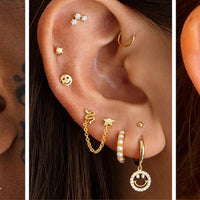

-v1657710003014.jpg?512x640&transform=resize=350)
